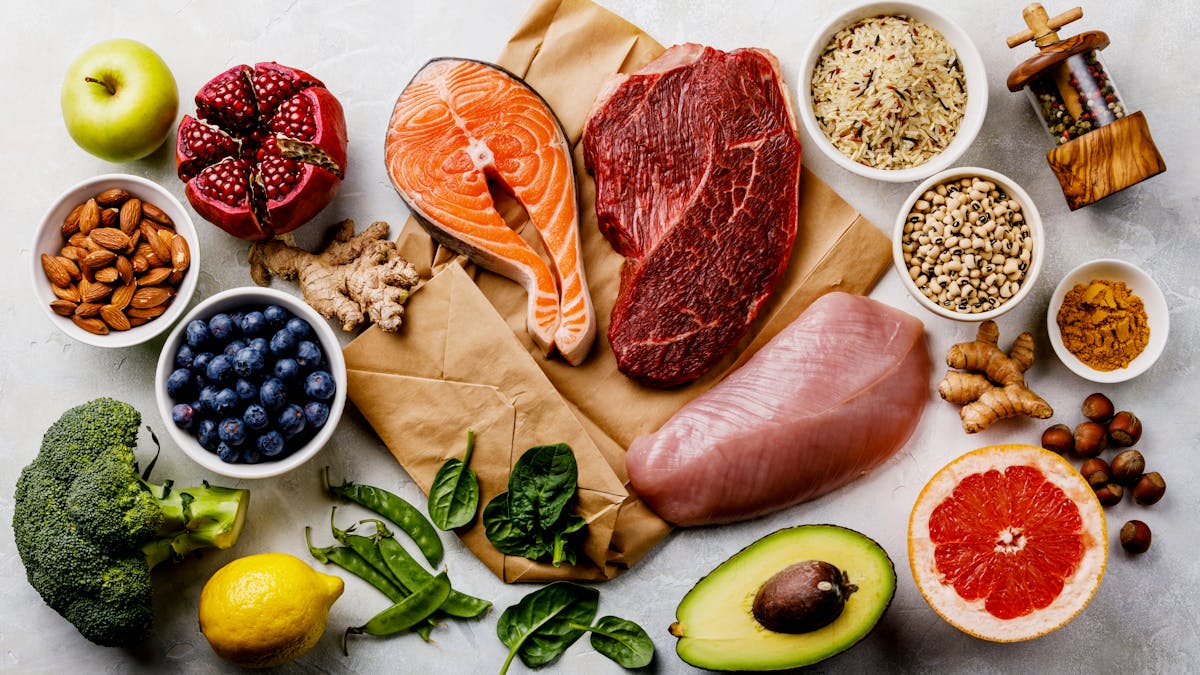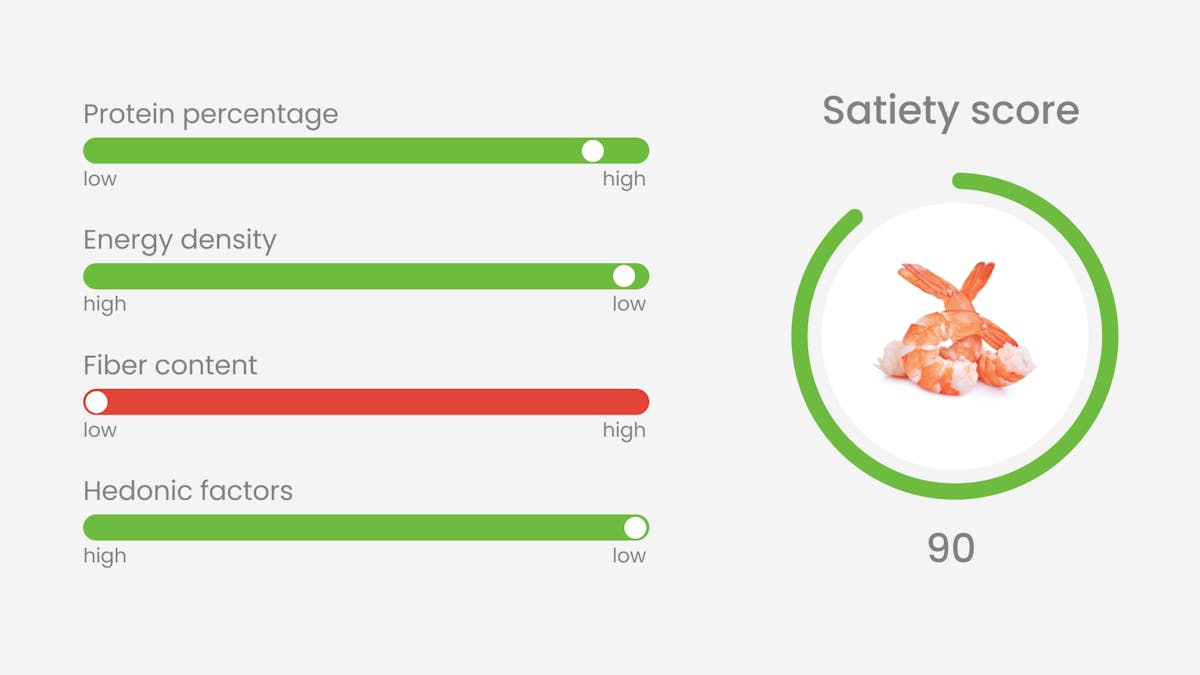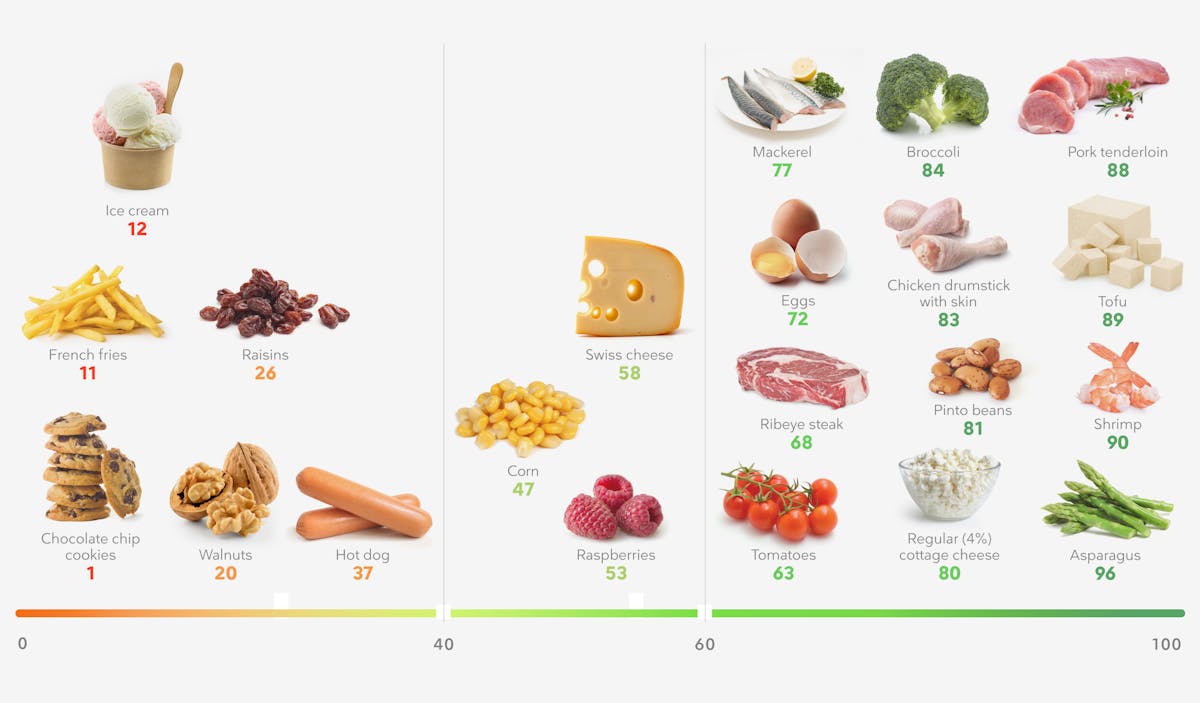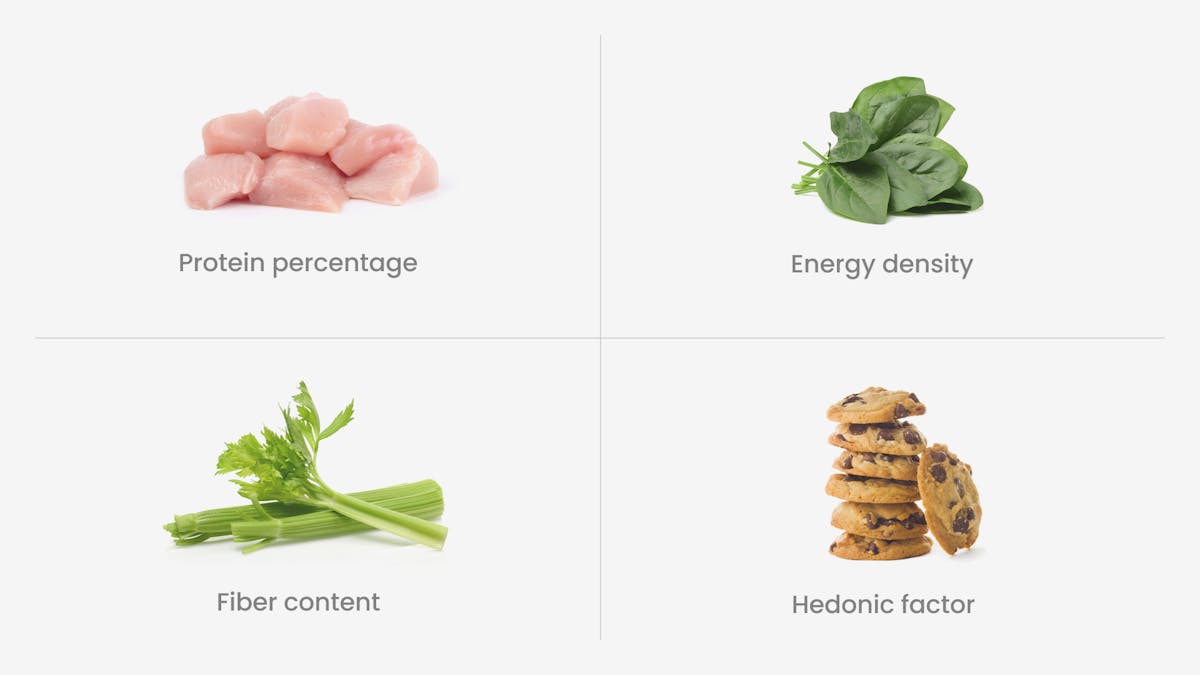Higher-satiety eating explained

Have you seen some of the new content at Diet Doctor about higher-satiety eating? Do you have questions about some of the details? Here are our answers to some of the questions we’ve heard so far:
Why is Diet Doctor introducing the higher-satiety concept?
Diet Doctor is always keeping up with the research and practical considerations for healthy weight loss and metabolic health. Research shows that low carb and keto work really well for many people. But not everyone. Some people find carb-restricted diets too difficult, too restrictive. Others stall or even gain weight on a keto diet.
Higher-satiety eating offers a systematic way to tweak the various components of your food choices that can help people try to achieve more satisfaction and better results by prioritizing protein and fiber, and choosing foods with a lower energy density.
Is this a change of course for Diet Doctor, away from low carb and keto?
No, the higher-satiety option is an expansion of our low carb advice to enable more people to find the best, most flexible approach for them. It’s an evolution of the same underlying fundamental idea of eating better foods (that you’ll love to eat) that nourish you and that don’t leave you craving more food.
If you’ve been having success with keto or low carb, you don’t need to change. But if you have stalled or even gained weight, or not achieved your metabolic health goals, you may want to tweak your diet by experimenting with this approach.
What is the key principle of higher-satiety eating?
It’s about eating better, not less. What does “eating better” mean? It means filling up on delicious food, getting all the nutrition you need, and not being hungry — all while consuming less energy.
Energy is another way of saying calories, but we are not talking about counting calories. At Diet Doctor we always say, “Calories count, but you don’t need to count them.” Higher-satiety eating takes that all into account, in the background. But yes, higher-satiety is a way to eat fewer calories, but in a way that doesn’t feel like a diet.
It’s a popular thing now to say “it’s not a diet.” But that may mean different things to different people. What does a diet mean to you? We think it means feeling like you have to deprive yourself, feeling hungry, and “white knuckling” or constantly thinking about food until your next meal.
Diet Doctor’s higher-satiety eating isn’t that!
Our higher-satiety eating approach focuses on getting enough protein, eating low-energy- density and high fiber foods, and minimizing hedonic features (you can read about it in more detail in our overview guide).
What is the science behind this way of eating?
Each one of these concepts — protein, energy density, fiber, and hedonic characteristics — is backed by science that demonstrates how they promote or undermine satiety and contribute to healthy weight loss. That’s why we combined them into our satiety score.
So, when we say our satiety score is evidence based, we mean it’s based on the evidence of the individual components. Here is a dedicated guide all about the science of higher-satiety eating. Our score itself has not been tested in randomized controlled trials, and that is why we will continually update and refine it as we gather more information and data.
Linking a combination of health factors is not new. You could make the same point about the combination of getting better sleep, lifting weights, and quitting smoking. They have individual support for being healthy. But have they been studied in combination? Maybe not. But I’m still going to recommend that patients combine them to improve their health!
Isn’t this just a more complicated formula for calories in vs. calories out, or the CICO model?
It may confuse some of our long-term followers that with higher-satiety eating we are talking about satiety per calorie. But let me explain it more.
It’s easy to feel full if you overeat calories, whether they come from carbs or fat. But that’s not how you get rid of hunger and promote metabolic health or healthy weight loss. Instead, you want to promote satiety with fewer calories. That’s satiety per calorie.
By eating foods with a higher satiety score, you can feel fuller without worrying about calories. A 200-calorie donut is not the same as a 200-calorie filet of salmon. You will likely feel more full, and you will get more nutrition from the salmon.
Is higher-satiety eating the same as low fat eating?
No way! Low fat eating is less than 30% of calories from fat. With higher-satiety eating calories from fat can be as high as 60% (or higher).
For instance, you can eat a higher-satiety keto diet. That may mean changing from a 75% fat diet to a 60% fat diet. It may be a slightly lower fat way of eating, but by no means is it low fat.
Should everyone be eating higher satiety?
No, we feel there isn’t one single way that everyone should eat. We want to provide as many options as possible so people can find the way of eating that is right for them.
One benefit of higher-satiety eating is that it can fit with any type of diet, from vegan to Mediterranean to keto, and practically everything in between.
How strong is the evidence for the satiety formula?
First, let’s look at protein. When we say higher protein is better for satiety, does that mean you should eat an 80% protein diet? No! We mean eating more protein than the RDA recommends, which is about 56 grams of protein per day for the average man and 46 grams of protein for the average woman.
The best-quality science supporting protein and satiety is when someone goes from a lower level, like the RDA recommends, to an adequate or higher level like 80 or 100 grams.
Eating more protein may continue to help, but the curve definitely flattens and the biggest gains come by reaching our recommended target level.
What about energy density and fiber? Higher fiber and lower-energy-density foods tend to help you feel full as you’re eating your meal. Foods with low energy density tend to be low fat, high fiber foods like fruits and veggies. These foods are helpful for satiety in the short term, but a meal made up of only these foods will leave you hungry in the long run. That’s why we combine low-energy-density foods with high protein foods for what we believe is the best combination.
Now let’s discuss hedonic characteristics. Most hedonic foods are ultra-processed foods that combine fat, carbs, salt, and sugar. These foods are a sensitive trigger for most people to overeat.
Notice I said most people. Even with hedonic ultra-processed foods, not everyone will feel the same trigger to overeat. And the same goes for carbs alone. Many people who have done well with a keto diet are reluctant to try more carbs because they remember what a trigger carbs have been in the past. And that‘s fine. It is important to know yourself and choose accordingly.
But that isn’t everyone. So for those who are less triggered by carbs, it is fine to add more high-satiety carbs, such as beans and legumes.
Aren’t the higher-satiety rules complicated?
If you’re coming from a keto background, it may seem so. Keto rules are easy. Reduce your carbs, get adequate protein, and eat more fat. Compared to that, higher-satiety eating may seem more complicated.
But it is still relatively simple in the broader picture.
- Prioritize protein.
- Fill in with low-energy-density and high fiber foods.
- Avoid hedonic ultra-processed foods.
Plus, higher-satiety eating can be very flexible. You don’t need to worry about low fat or low carb if you don’t want to. And you can adapt the concepts to fit your personal food preferences, thus making it more likely you will find foods you love.
Is higher-satiety eating right for you? You can get started by reading our introductory guide and high-satiety foods guide. And check out the satiety score on our recipes so you can find your favorites with scores above 50!
For more information about our higher-satiety approach, see our other educational guides:


